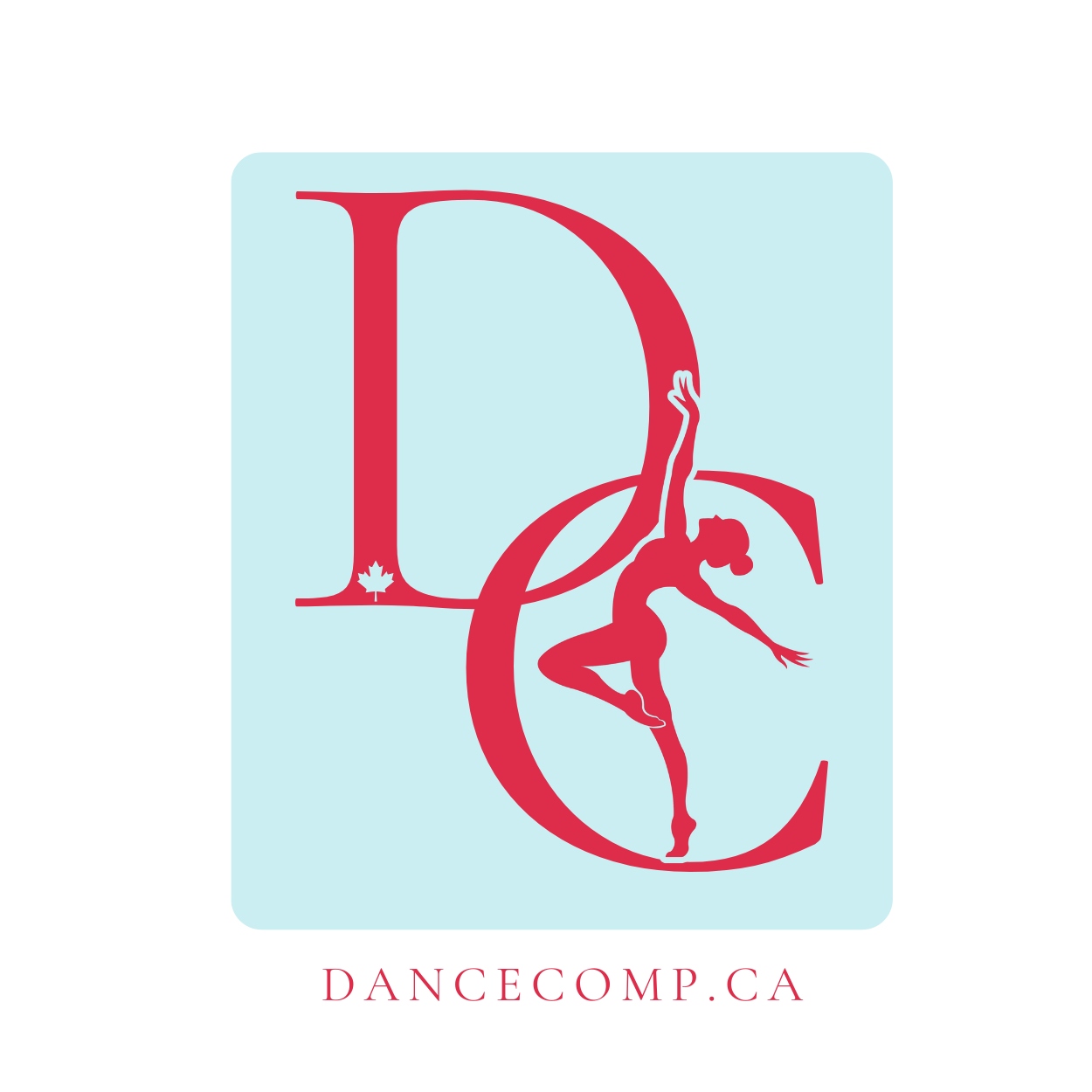
Ever wonder what judges are really watching for?
When you step on stage at a dance competition, it’s easy to get caught up in the nerves — Did I point my toes? Is my smile big enough? Will they notice if I mess up that turn?
The truth is, judges aren’t looking for every little mistake. They’re paying attention to the bigger picture: your technique, your performance quality, and how you carry yourself from the moment you step on stage to the moment you leave it.
Every competition has its own scoring system, but some things are universal. Here are 10 areas judges focus on — so you know exactly where to put your energy.
1. Technique that feels solid
Strong technique is the backbone of every performance. Clean lines, pointed feet, solid posture, and control are what help your dancing look polished.
Most Canadian competitions dedicate the largest portion of their score sheets to technique. So while the wow-factor tricks might grab attention, it’s the small details — like pointed feet and strong posture — that make the biggest difference.
💡 Pro tip: Treat your warm-up and basics like performance prep. How you train them in class is exactly how they’ll show up on stage.
2. Musicality and timing
Judges love dancers who move with the music, not just to it. That means hitting accents, matching phrasing, and showing that you feel the rhythm in your body.
💡 Pro tip: Practice with your music often, and don’t be afraid to exaggerate musical accents. Judges notice when a dancer truly “hears” the music.
3. Performance quality
Here’s the secret: great technique will impress, but performance is what judges remember. They want to see dancers who light up the stage, connect with the story, and draw the audience in.
💡 Pro tip: Connect with the story of your dance. If you feel the emotion behind the choreography, your expression will come across naturally — no forced smile needed.
4. Confidence and stage presence
From the second you walk on stage, judges are paying attention. Do you look nervous, or do you carry yourself like you belong there? Confidence (even if you’re faking it a little) makes a huge difference.
💡 Pro tip: Walk on with purpose, hold your ending until the music fades, and don’t drop your character until you’re off stage.
5. Clean presentation
Costume and hair don’t earn you points on their own, but they do shape the overall impression. Judges want to focus on your dancing — not a slipping strap, crooked headpiece, or tights in the wrong shade. A polished, consistent look tells the panel that you (and your studio) are prepared and professional.
💡 Pro tip: Before you hit the stage, do a quick “distraction check.” Are undergarment straps hidden? Headpieces secured? Costumes free of loose threads or safety pins? For groups and duets, make sure everyone matches in neatness — same hairstyle, tights, and shoe finish. The goal: nothing pulls attention away from the performance itself.
6. Choreography that fits you
Judges notice when choreography matches a dancer’s age, level, and strengths. A well-designed routine can highlight what you do best and hide what still needs work.
💡 Pro tip: Remember, judges don’t know which style is your favorite. Your job is to convince them that every routine is your favorite. Whether it’s ballet, jazz, or hip hop, bring full commitment and energy so the panel believes you love being in that piece.
7. Teamwork in group numbers
For groups, it’s all about synchronization. Are you moving as one with your team? Are the formations clean? Is everyone giving the same energy?
💡 Pro tip: Don’t just learn your own steps — learn how they fit with the group. Small adjustments in spacing and timing can make your team look seamless.
8. Transitions and polish
It’s not just the tricks judges notice — it’s how you get in and out of them. Smooth transitions, controlled landings, and purposeful movement between steps show maturity.
💡 Pro tip: Practice “in-betweens” with the same focus you give to your turns and leaps. A polished routine has no throwaway steps.
9. Originality and creativity
Judges watch hundreds of routines in a weekend. What makes yours stand out? Unique choreography, unexpected musical choices, or a strong theme can leave a lasting impression.
💡 Pro tip: Even if your routine feels familiar, you can make it unique with your energy and performance style.
10. Professionalism — on and off stage
This one often gets overlooked, but it matters. Judges notice dancers who are polite, prepared, and respectful — both in the wings and when they accept awards. Many Canadian competitions include studio awards that reflect overall sportsmanship.

Final Thoughts
Judges aren’t looking for perfection — they’re looking for dancers who combine strong technique with performance, confidence, and professionalism. Focus on these areas, and you’ll not only improve your scores, you’ll also enjoy your time on stage more.
Because at the end of the day, that’s what competitive dance in Canada is all about: growing as a performer, celebrating hard work, and sharing your love of dance.
✨ Looking for your next event? At dancecomp.ca you can browse competitions across Canada — by comp name, city, province, or features. Find the perfect stage to showcase your growth!

